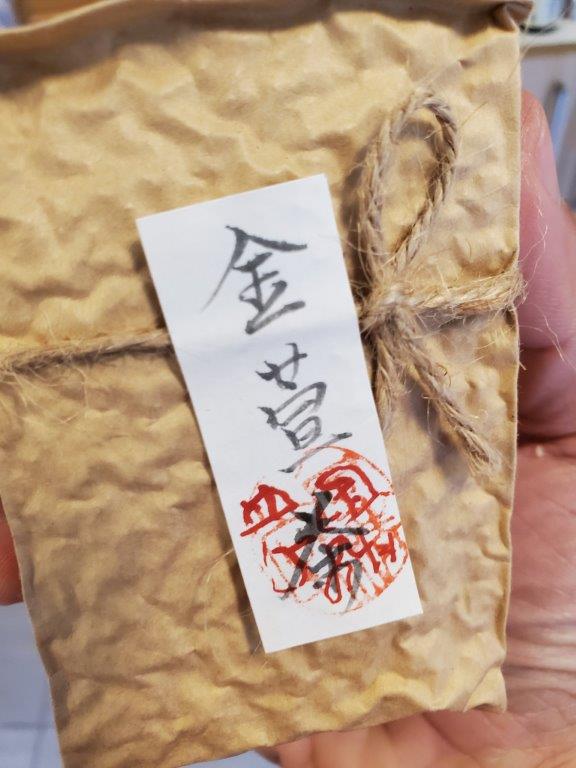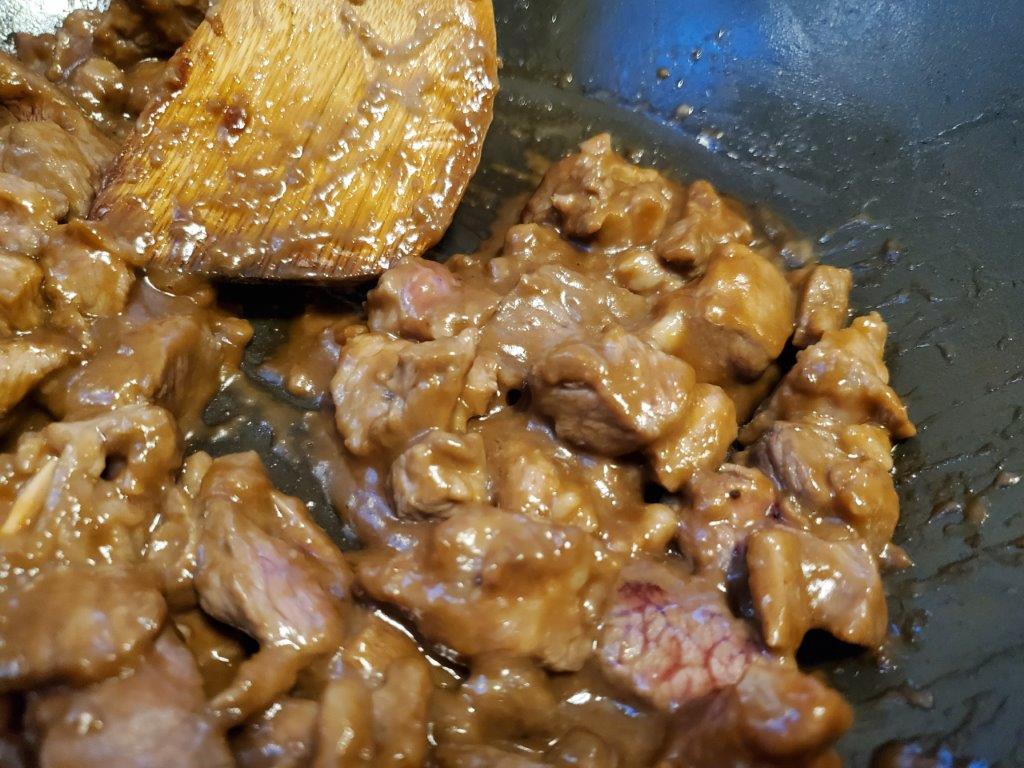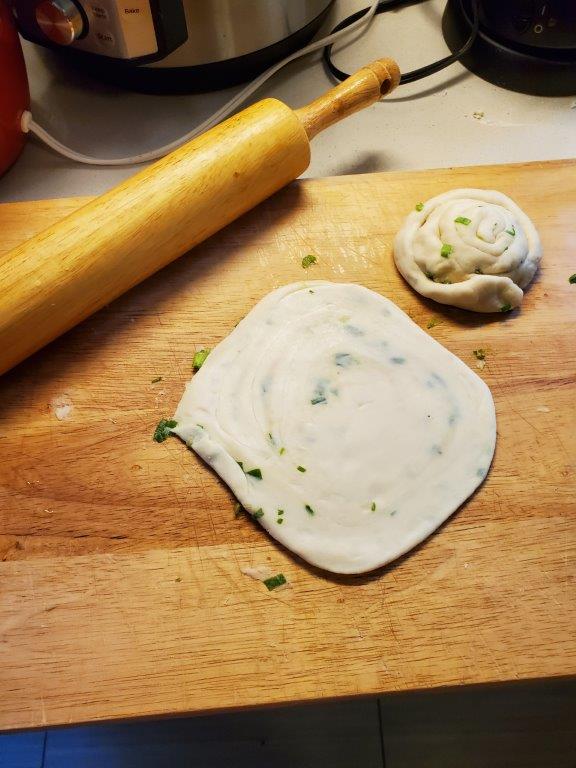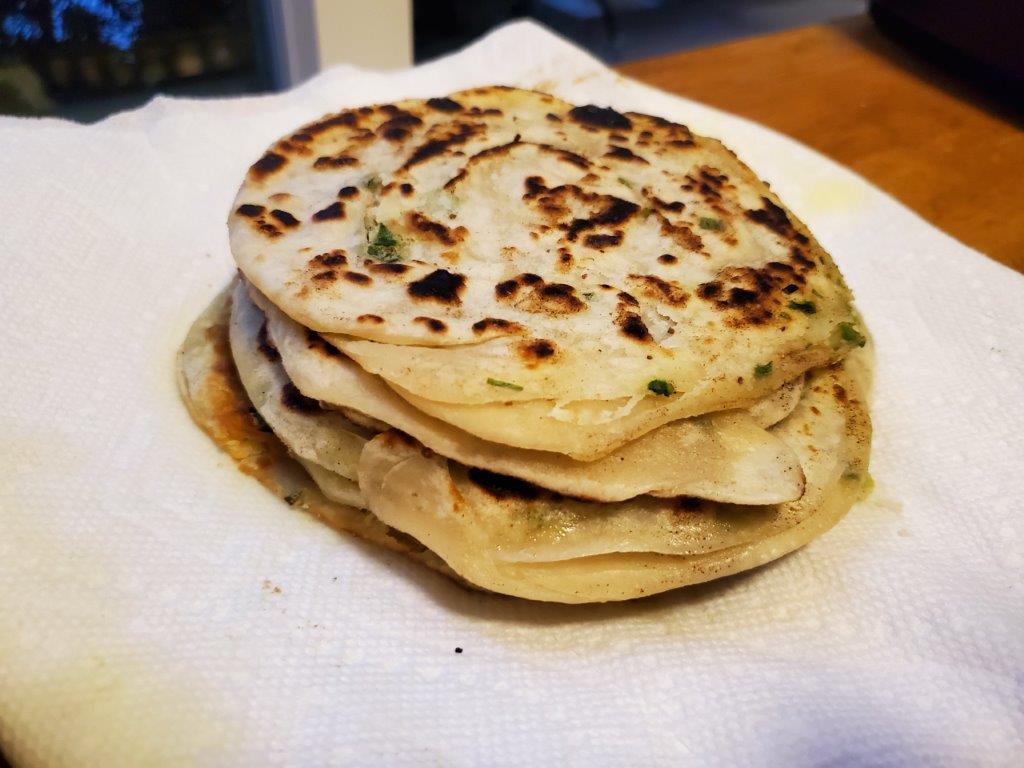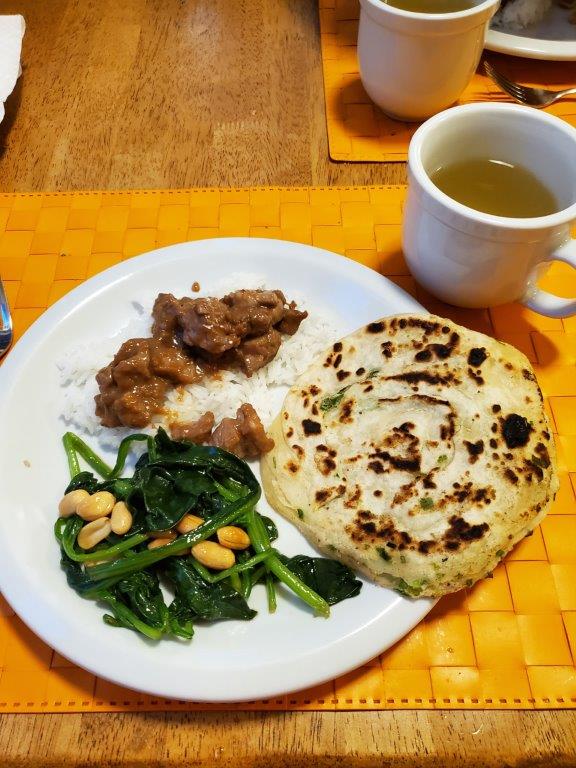One of the many, many challenges with a project like this, as the numerous other bloggers who’ve tried it can attest, is picking recipes. Picking recipes, and sourcing ingredients. Picking recipes, sourcing ingredients, and avoiding cultural insensitivity. Picking recipes, sourcing ingredients, avoiding cultural insensitivity, and an almost fanatical devotion to the…
Oh, come in again.
Seriously, though, with SMALL countries, the trick is to pick something distinctive. What really makes Macedonia different from Albania? With BIG countries, on the other hand, well, how do you narrow it down? And today’s country probably has among the most diverse food cultures on the planet. I say today, but the headline kind of spoils it – we’re going to slice this Gordian knot by making not one, not seven, but five different Chinese meals.
Why five? Glad you, the imaginary person who reads this blog, asked! Historically there is a taxonomy of Chinese food where it’s divided into “The Four Great Cuisines”, Shandong, Huaiyang, Sichuan, and Guangdong. There’s another one where it’s divided into eight, adding, Hunan, Fujian, Anhui, and Zhejiang to the prior four. However, we’ve decided to follow the model adopted by Carolyn Phillips in “All Under Heaven: Recipes From the 35 Cuisines of China”, and make 35 different meals.
Just kidding. Phillips makes the case that the “great eight” actually leave out a lot of the country, and you’re better off making a broad set of groupings by geography and cultural influence than just picking eight provinces and saying “Those are the good ones!.” Obviously, there are a MILLION guides we could have picked, but we picked this one. So the plan is to make a meal each from Phillips’ five broad groupings consisting of: The North and Northeast, The Yangtze River Environs, The Coastal Southeast, The Central Highlands, and The Arid Lands. (Map in the link.)
So for THIS meal, we’re starting with the northeast, including the capital, Beijing, and the provinces bordering Russia and Korea. Our menu included an appetizer of spinach and peanuts, scallion flatbreads, and a lamb stew.
First up, shopping! I’ve said it before, but shopping for specialty ingredients in Vancouver is AMAZING. Although the ethnically Asian population is so high, it could be argued that Asian ingredients technically aren’t specialty items.
At any rate, ingredients required for this meal that we didn’t already have included Chinese flour (lower gluten than Western), Sweet Wheat Paste (which is confusingly frequently labeled as “Sweet Bean Paste” even when it’s still made of wheat.), and ginger juice.
Turns out you don’t buy that last one, you just squish a lot of ginger.
We also went to a super fancy tea shop and asked for a tea that would go well with lamb. We can’t read this, but it was really good. (It’s also not from the northeast, since they don’t grow much tea there.)
So to work though the dishes from least to most complex, let’s start with our appetizer, spinach and peanuts. Roast some peanuts, blanch some spinach, toss with dressing, done. The dressing consisted of garlic, black vinegar, soy sauce, sugar, and sesame oil. It was delicious, and not as salty as the equivalent Korean salad we sometimes make with miso, because I never remember to buy doenjang.
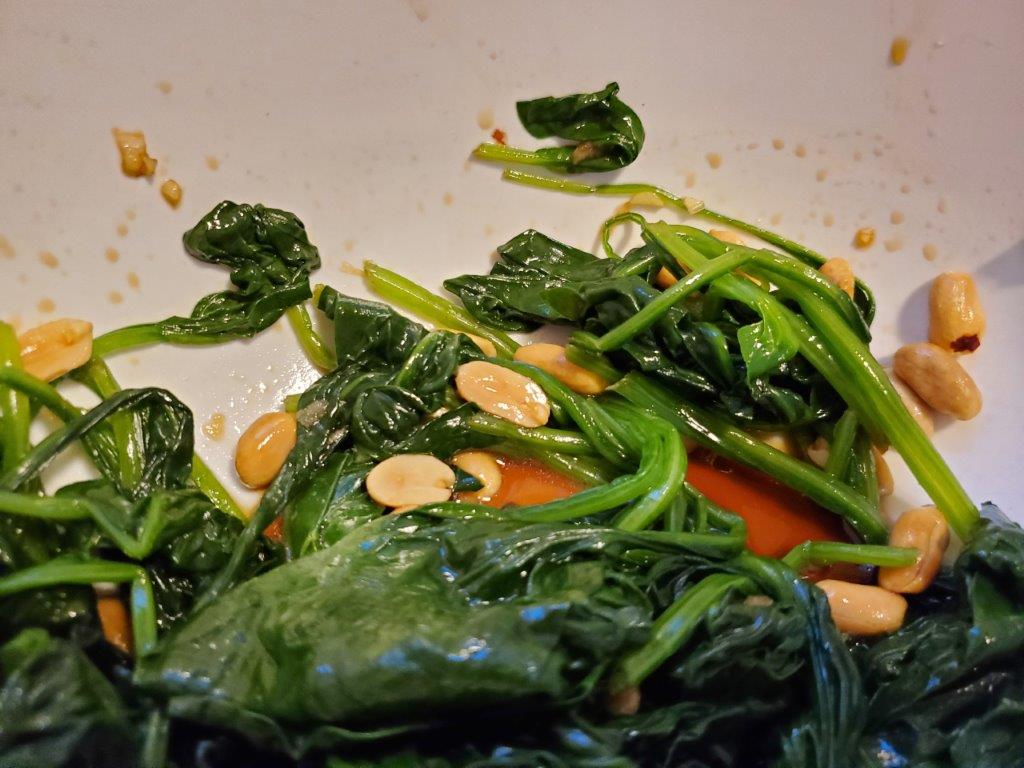
Next up, the lamb. The dish, called “Tasimi” (literally, “It’s Like Honey”) was the main entrée, but was relatively simple to prepare – the lamb is marinated in ginger juice, corn starch, soy sauce, rice wine, and black vinegar. Once it’s ready, you flash fry it and then toss in sugar and wheat paste. The wheat paste is a little sweet, but mostly just a blast of concentrated umami.
The result is a hearty, lamb stew that while being a little sweet and a little sticky, is MUCH less overpowering than the goopy stuff you get at somewhere like Panda Express. Much, much tastier, too.
Finally, let’s talk about the flatbreads. Since the process was somewhat fussy, we didn’t get as many pictures as we would have liked. The basic dough is just Chinese flour and water. Combined with that you make a paste of shortening (or lard), salt, flour, and toasted Sichuan peppercorns.
Toasted Sichuan peppercorns. Oh lawd, why didn’t I think of toasting these things before? They’re even BETTER that way.

Dough made, scallions chopped, and paste, um, pasted, it’s time to make bread! The dough is divided into several pieces, which are rolled into long strips. (no picture of this part, sorry) You smear paste and scallion on the inside of the strip, roll it up into a rope, and then roll the rope into a bun, as seen upper right in this picture.
You then roll the bun flat and the whole thing then gets fried in oil.
And here’s a picture of our final spread, including the tea:
The meal was really excellent. The lamb dish was something I could easily see making again, in particular, and spinach and peanuts turns out to be a great combination. No recipes for the next few entries, because we didn’t poach them from the internet, but if you’d like to follow along at home, here’s the cookbook.
“All Under Heaven,” by Carolyn Phillips
Next up, China! Then China, China, and also China!

